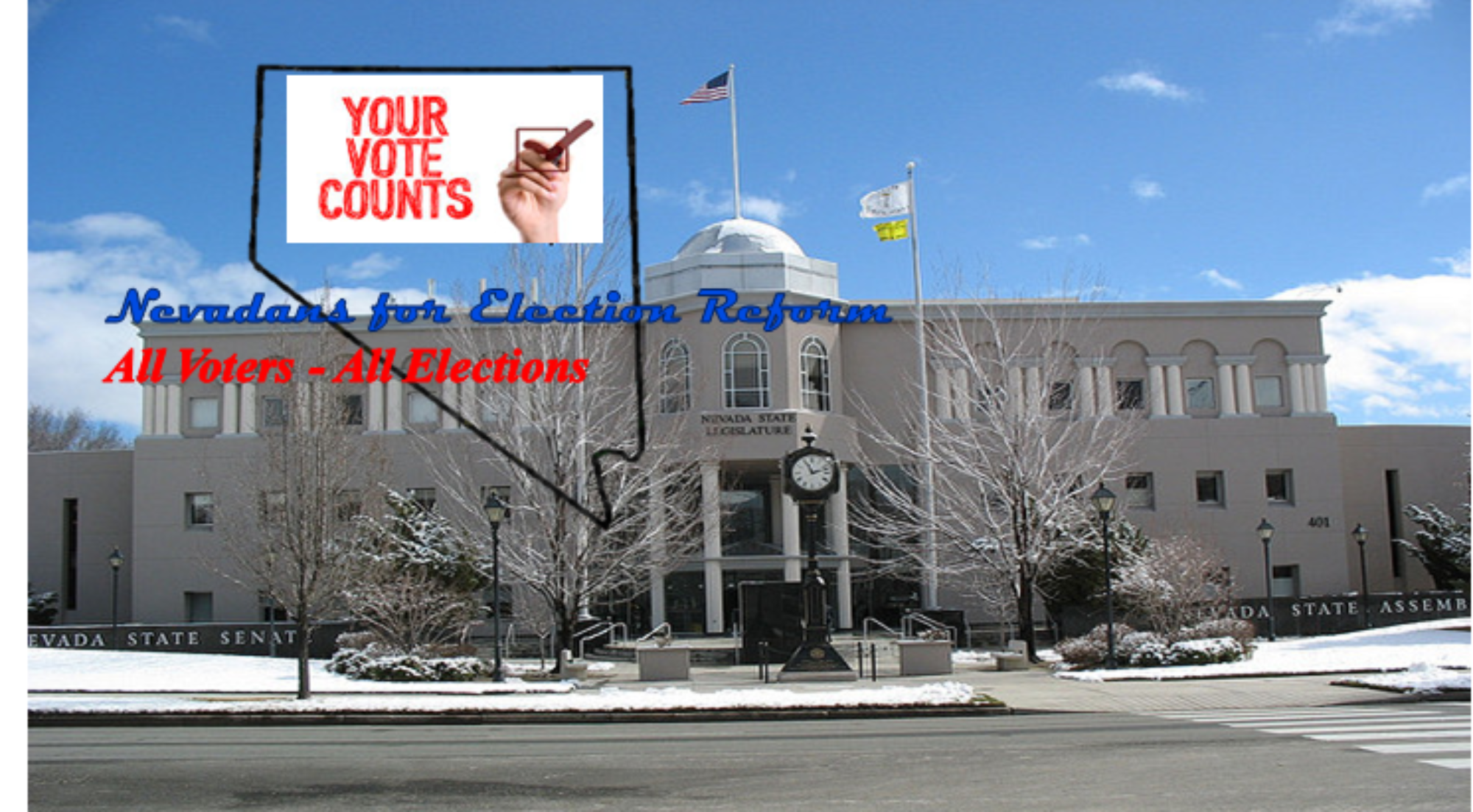|
Party
|
Change in # Voters
|
% Change
|
% Voter Share
|
Difference in Voter Share %
|
|
D
|
494
|
0.08
|
39.51
|
-0.04
|
|
R
|
682
|
0.14
|
33.07
|
-0.02
|
|
NP
|
1,271
|
0.40
|
20.94
|
0.05
|
|
Other
|
360
|
0.37
|
6.48
|
0.02
|
|
Total not D or R
|
27.42
|
0.07
|
|
Party
|
Change in # Voters
|
% Change
|
% Voter Share
|
Difference in Voter Share %
|
|
D
|
1,417
|
0.31
|
43.18
|
-0.05
|
|
R
|
1,208
|
0.40
|
28.85
|
-0.01
|
|
NP
|
1,499
|
0.65
|
21.85
|
0.04
|
|
Other
|
456
|
0.71
|
6.11
|
0.01
|
|
Total not D or R
|
27.96
|
0.05
|
|
Party
|
Change in # Voters
|
% Change
|
% Voter Share
|
Difference in Voter Share %
|
|
D
|
-640
|
-0.67
|
35.71
|
-0.11
|
|
R
|
-195
|
-0.20
|
37.16
|
0.07
|
|
NP
|
-149
|
-0.28
|
19.88
|
0.02
|
|
Other
|
-35
|
-0.18
|
7.26
|
0.02
|
|
Total not D or R
|
27.14
|
0.04
|
|
Party
|
Change in # Voters
|
% Change
|
% Voter Share
|
Difference in Voter Share %
|
|
D
|
-283
|
-0.62
|
24.24
|
-0.06
|
|
R
|
-331
|
-0.35
|
51.07
|
0.03
|
|
NP
|
-79
|
-0.24
|
17.28
|
0.03
|
|
Other
|
-35
|
-0.18
|
7.41
|
0.00
|
|
Total not D or R
|
24.69
|
0.03
|
|
Party
|
Change in # Voters
|
% Change
|
% Voter Share
|
Difference in Voter Share %
|
|
D
|
-119
|
-0.07
|
39.62
|
-0.01
|
|
R
|
-180
|
-0.19
|
22.69
|
-0.04
|
|
NP
|
82
|
0.07
|
29.63
|
0.03
|
|
Other
|
19
|
-0.06
|
8.06
|
0.01
|
|
Total not D or R
|
37.69
|
0.04
|
|
Party
|
Change in # Voters
|
% Change
|
% Voter Share
|
Difference in Voter Share %
|
|
D
|
444
|
0.18
|
40.01
|
-0.06
|
|
R
|
825
|
0.33
|
40.46
|
0.00
|
|
NP
|
483
|
0.55
|
14.34
|
0.03
|
|
Other
|
183
|
0.58
|
5.18
|
0.01
|
|
Total not D or R
|
19.52
|
0.04
|
|
Party
|
# Districts Lose Voter Share
|
# Districts Gain Voter Share
|
# Districts No Change
|
|
Democratic
|
4
|
0
|
0
|
|
Republican
|
2
|
1
|
1
|
|
Non-Partisan
|
0
|
4
|
0
|
|
Other
|
0
|
4
|
0
|
|
Party
|
# Districts Lose Voter Share
|
# Districts Gain Voter Share
|
# Districts No Change
|
|
Democratic
|
20
|
1
|
0
|
|
Republican
|
9
|
11
|
1
|
|
Non-Partisan
|
2
|
18
|
1
|
|
Other
|
2
|
19
|
0
|
|
Party
|
# Districts Lose Voter Share
|
# Districts Gain Voter Share
|
# Districts No Change
|
|
Democratic
|
37
|
2
|
3
|
|
Republican
|
21
|
18
|
3
|
|
Non-Partisan
|
8
|
32
|
2
|
|
Other
|
6
|
32
|
4
|
